What Does a Product Manager Do All Day? - A Day In the Life of a Product Manager
Product Management Anthony Pellegrino • Last updated
Anthony Pellegrino • Last updated 
Product Management is a dynamic and diverse role with various responsibilities and duties.
If you're interested in becoming a product manager, you undoubtedly would like to know what a typical day looks like.
Truth be told, there really is no typical day for product managers.
They wear several hats and perform dozens of functions throughout a product's lifecycle.
So, one day could look very different from the next.
Nevertheless, we talked to a few of our product manager friends to help do our best to outline a typical day in the life of a product manager.
Different Days for Different Stages
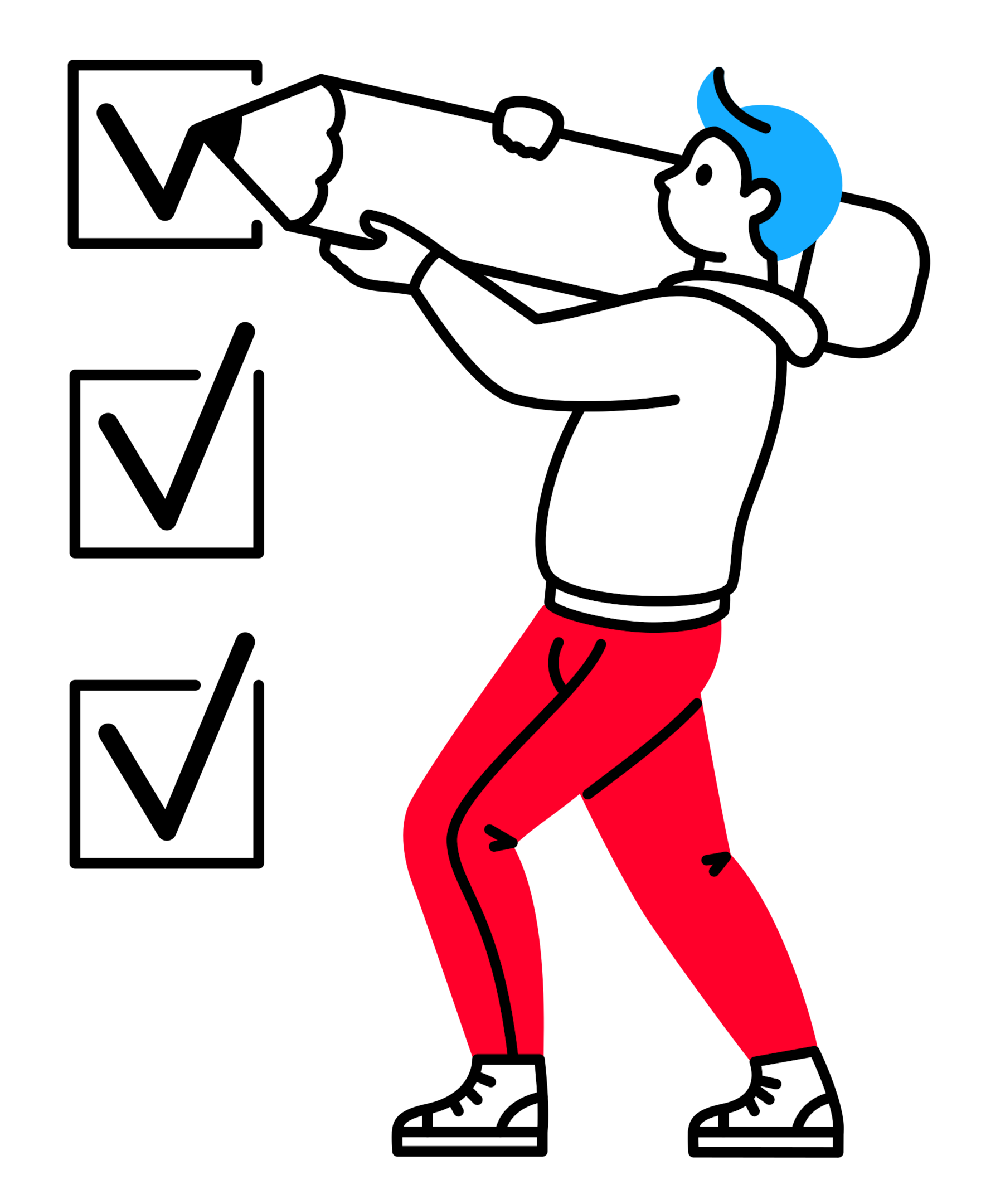
A product manager's job and ongoing tasks on a day to day basis may differ depending on what stage of the product lifecycle they are working in.

For instance, in the "Initial Discovery Stage," a product manager's day may be spent brainstorming with their teams or collecting user feedback.
Or, if a product is in the "Product Definition Stage," a product manager may spend their days fleshing out a Minimum Viable Product (MVP) or, as the name suggests, defining the fundamental features of a product.
Finally, in the "Execution Stage," product managers will work closely with the engineering team to put it all together and build the product.
With that being said, let's take a look at a potential day in the life of a product manager:
Morning
Checking & Responding to Emails
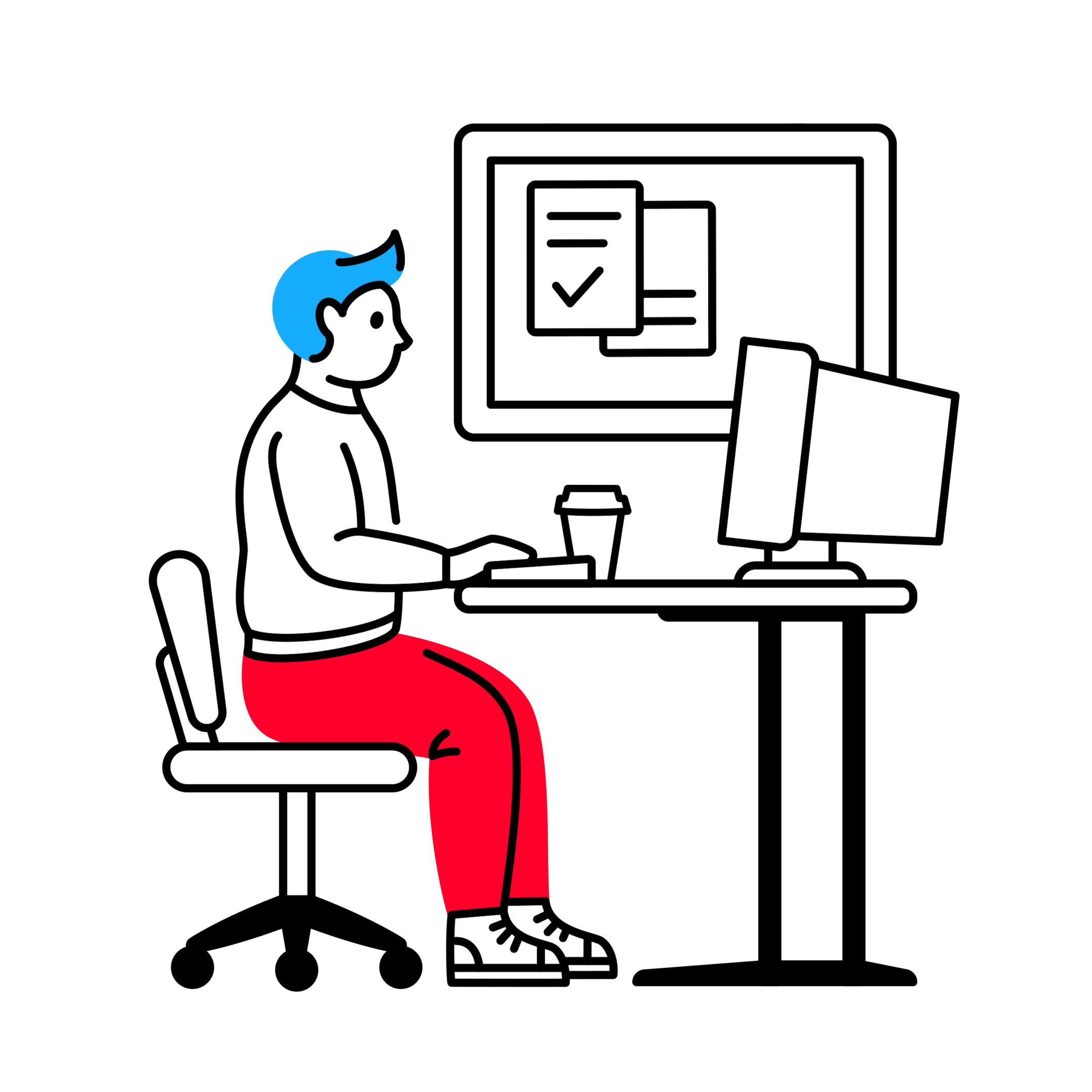
Like most white-collar workers, many product managers start their days by checking their emails, texts, Slack messages, etc.
Product management is a role that requires working extensively with cross functional teams.
Communication is vital for product managers. Most of this communication will occur via emails or messages, especially given how widespread remote work has become for many.
Some days, a product manager may find urgent messages in their inbox requiring immediate attention.
Other days, emails may be from upper management communicating new deadlines or from one of the dozens of teams that a product manager will routinely work with.
Monitoring Product Health

From there, product managers will typically check on product health in some way.
In many cases, PMs will have some sort of dashboard or analytics at their disposal to help them do this.
Of course, monitoring product health is a very data-driven process. As a result, a product manager will often work alongside data analysts and data scientists to ensure that a product is performing as it should and driving customer success.
When it comes to a typical day, a product manager will likely check on the product's North Star along with supporting metrics.
For most product managers, monitoring product health will likely occur at the same time or soon after checking/responding to emails. The reason is that, depending on what the metrics look like, the product manager may need to contact specific people or teams.
For instance, if the North Star metric or other key performance indicators appear to be trending downwards, a product manager will need to quickly flag this issue to the appropriate party - whether that be the data science, engineering, or design teams.
Attending the Daily Engineering Standup
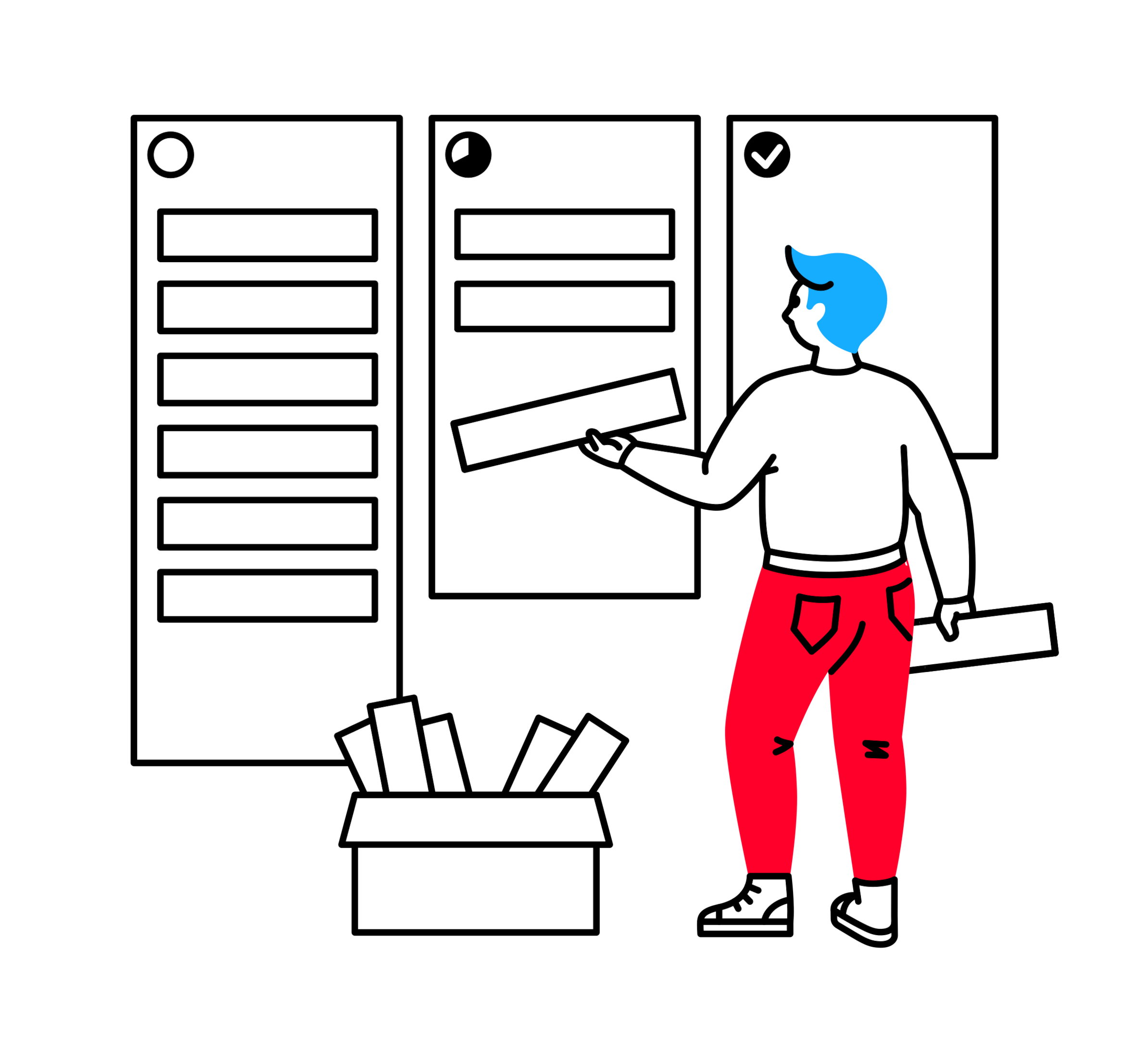
At this point, it is probably a little later in the product manager's morning. Chances are, they've settled in, checked some emails, reviewed some metrics, and are now ready to really start their day.
Many product managers we've talked to start their days with a Daily Engineering Standup.
This is a short "Agile" or "Scrum" meeting that gets everyone on the same page about product requirements or helps the team overcome any "blockers" they may be experiencing.

Daily standups are designed to be short, usually no more than 15 minutes. As the name suggests, team members conduct these meetings while standing, which naturally keeps things brief.
If there is still time after everyone in the development team gets up to speed on goals, requirements, etc., a product manager may share product updates, if there are any, with the engineering team during these standups.
Hosting a Usability Meeting

A typical day for a product manager, after the Daily Standup, may include hosting a Usability Meeting.
While developing and shipping product features, the engineering teams will likely test them along the way. However, product managers are usually tasked with acting as another set of eyes in this regard.
So, a product manager may decide to host a Usability Meeting to do just that. These meetings involve soliciting customer feedback on product features and looking for any bugs.
Lunch
As you can imagine, lunchtime for product managers isn't all that different from most people.
No complex explanation necessary here, really.
Unless they are slammed with urgent work, you'll likely find a typical product manager eating alongside their co-workers in the company cafeteria or breakroom.
If they're working from home, they will, of course, be eating lunch at home or eating out.
Afternoon
One-on-One Meetings With Product Team
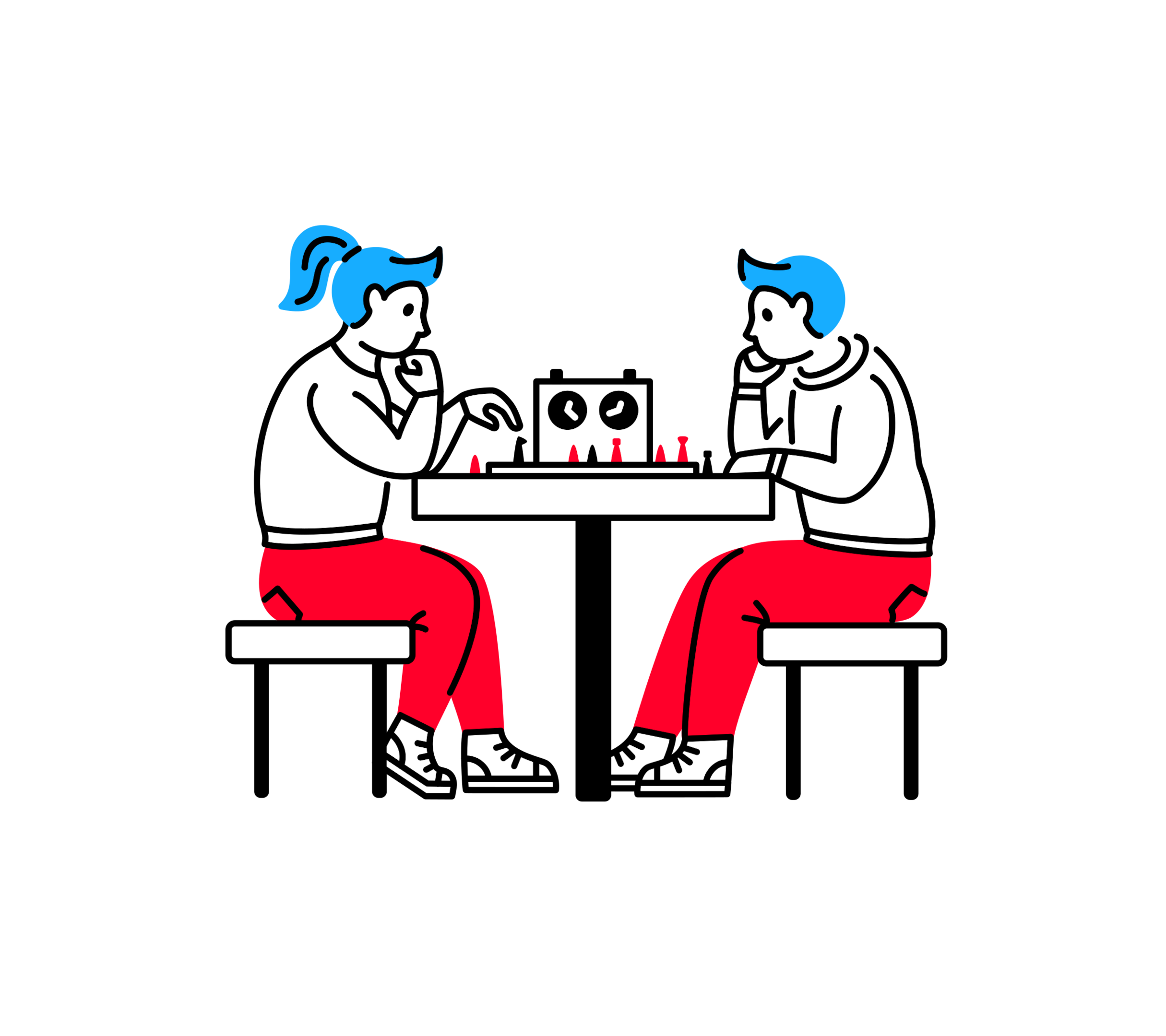
Once lunch is over, product managers may begin their afternoons by conducting one-on-one meetings with their team members.
As we mentioned, product management is an inherently cross-functional role, and product managers routinely work alongside people from dozens of different teams.
So, these one-on-one meetings could be with the sales team, product marketing team, machine learning, or data science departments.
Of course, product managers could also spend this time meeting with product-related teams, such as product designers, UX designers, or their associate product managers on their teams.
These one-on-ones allow product managers to check in and share updates with these respective team members throughout the product life cycle.
Other Ad-Hoc Meetings
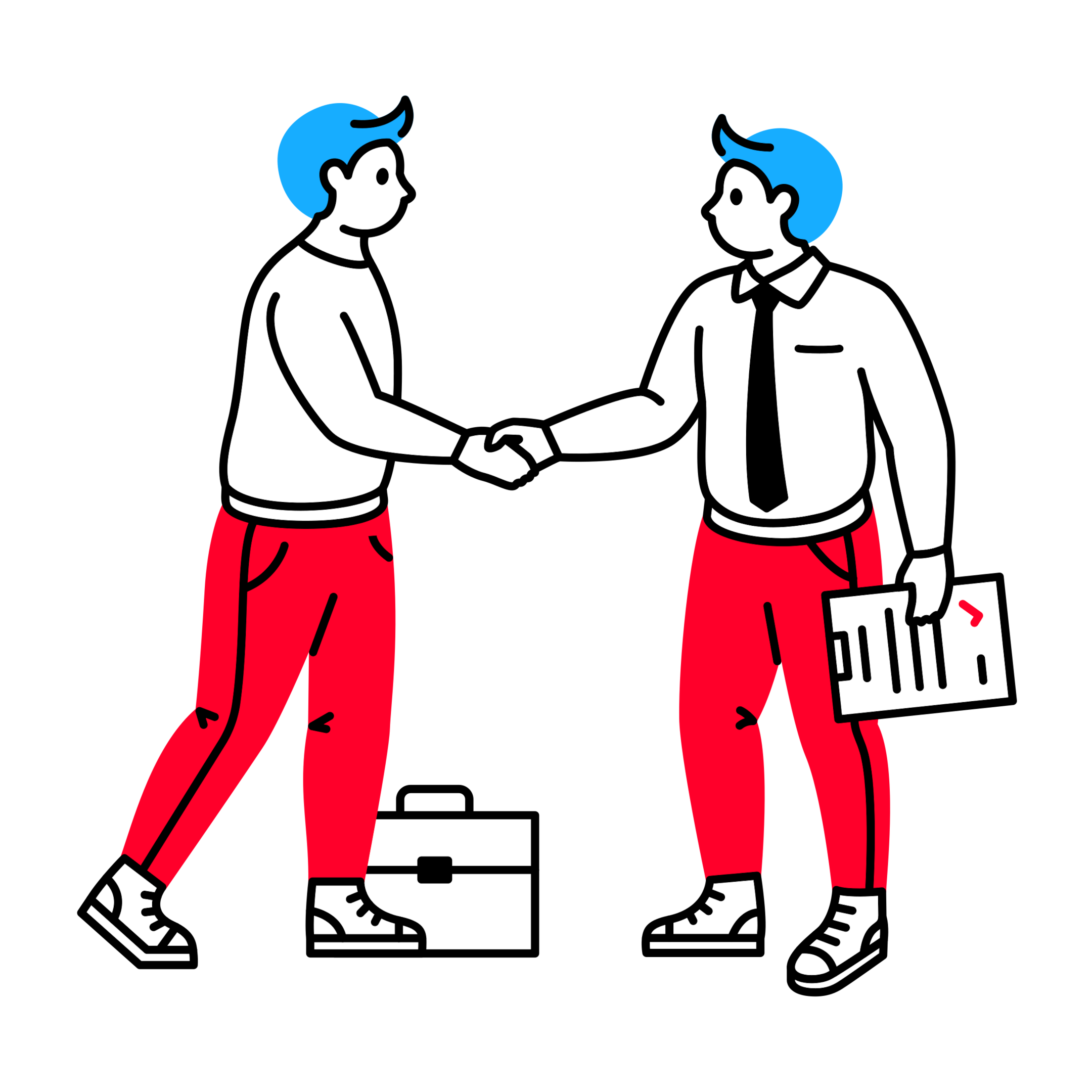
Besides these one-on-ones, the typical afternoon for a product manager may include ad-hoc or as-needed meetings with some teams.
For example, product managers may be called into unexpected meetings if there is something specific a team member wants to discuss at length or if there is an urgent problem that has arisen.
Solo Work
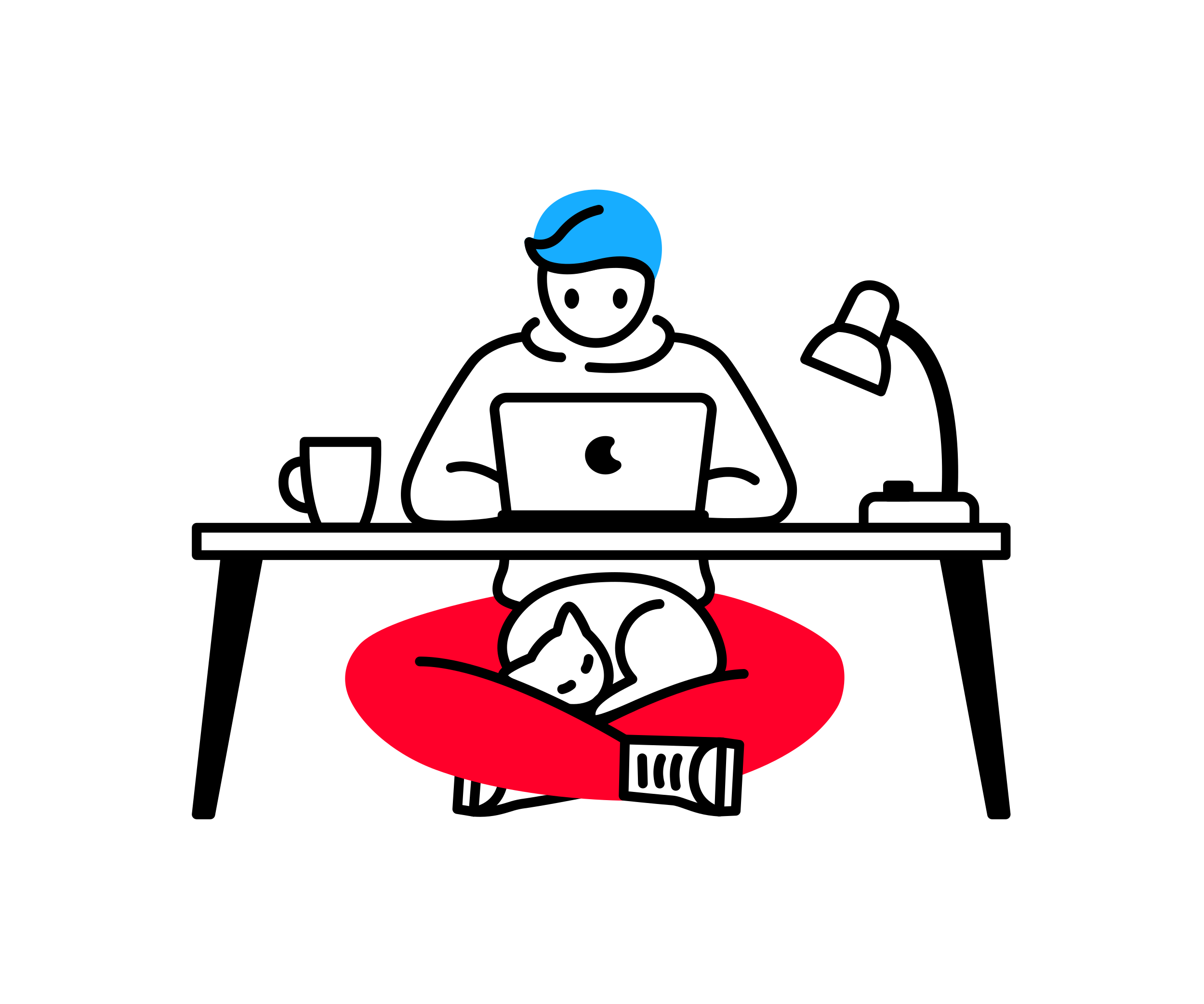
At this point, the work day is beginning to wind down. So, any meetings that a product manager needs to have or attend are likely over and done with.
So, for the rest of the day, a product manager may spend their time on solo work.
Depending on the day, this could include anything from writing Product Requirement Documents, responding to comments on shared documents, replying to any other emails, or writing status reports for upper management or leadership.
PRDs are meant to outline product vision and help guide the development of a product and ensure that the final product covers all the bases it was meant to, such as target users, go-to-market strategy, etc. Product managers are typically the ones responsible for writing PRDs.

Now, a day in the life of a product manager may look a little different than this. Product managers have many responsibilities and duties and must wear several hats throughout the development cycle.
Nevertheless, as you can see, product managers spend a ton of time in meetings with different people, especially the product team, sales team, customer support team, and engineering teams.
But, at the end of the day, the goal of every product manager is to help facilitate progress in product development, share a product roadmap, unblock obstacles, provide essential product updates, and provide crucial input to their respective teams and colleagues to ultimately ensure a product's success.
And it is in these product management meetings where this occurs.
Of course, much more goes into product management than can fit in this article.
For example, product managers are routinely responsible for basic data analysis, conducting A/B tests, producing user stories, developing product strategy, and more - all while working with various cross functional teams.
The product manager role can be both a highly lucrative and exciting career choice for those who want a creative and impactful career.
If you're excited by the prospect of playing a critical role in developing new products, business technologies, and software platforms, you may thrive in a product management position.
Luckily, we have you covered!
Be sure to check out our other resources on how to become a product manager:




Product Manager Interview Prep
Before you can ultimately become a product manager, you'll need to ace the product management interview!
Be sure to check out all our product management interview prep here at Exponent:
💬 Review more commonly asked sample PM interview questions.
📖 Read through our company-specific Product Manager interview guides
- Google Product Manager Interview Guide
- Facebook Product Manager Interview Guide
- Twitter Product Manager Interview Guide
- Amazon Product Manager Interview Guide
👯♂️ Practice your behavioral and leadership skills with our mock interview practice tool.
👨🎓 Take our complete Product Management interview course.
Learn everything you need to ace your product management interviews.
Exponent is the fastest-growing tech interview prep platform. Get free interview guides, insider tips, and courses.
Create your free account